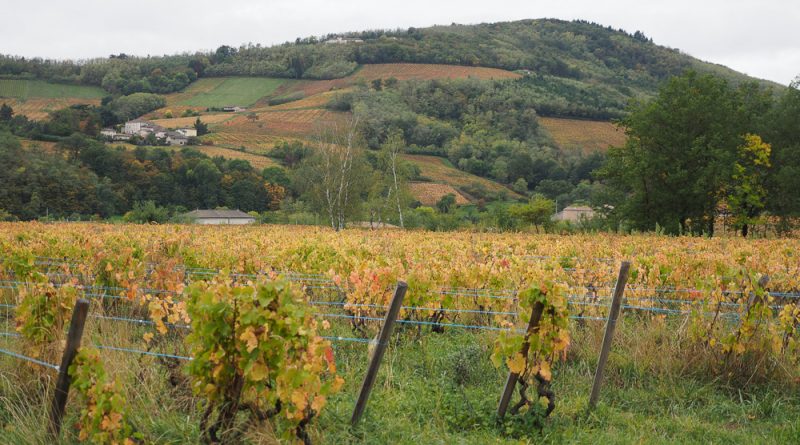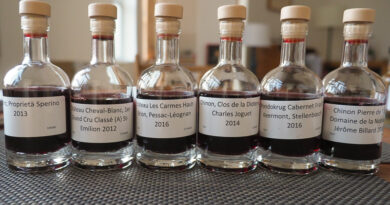Economic windows for wine regions
Sometimes we overlook the fact that economics are important in opening the window for making interesting wines
I’m currently in the Beaujolais and Mâconnais wine regions, in the south of Burgundy. These regions previously, and largely still do, make relatively inexpensive wines. You can pop into your local supermarket or liquor store and find cheap Mâcon whites and Beaujolais Gamay, and they’ll probably taste OK, but they won’t excite you.
But things are changing. Within these regions, there’s quite a bit of excitement surrounding the wines from more ambitious, terroir-focused producers. Next year, it looks like Pouilly-Fuissé will get the first premier cru-designated vineyards in the Mâconnais (22 of its 217 Climats have been proposed for this elevation, totalling 182 hectares, just under a quarter of the appellation, and Pouillé-Loché, Pouilly-Vinzelles and Saint-Véran have already embarked on this journey). And the ten crus of Beaujolais have been mapped in intricate detail, and a sizeable band of ambitious (mostly naturally inclined) producers are making some smart wines.
In part, these changes have come about because of the opening of an economic window. The terroirs in Beaujolais and the Mâconnais have always been there: these regions count among their vineyards some patches of ground that are especially suited to making high quality wines. What is needed to exploit them is a combination of talented winegrowers who have the desire and ability to make interesting wines from them, plus – and this is often overlooked – the economic opportunity. They need enough customers to buy their wines at the sorts of prices that means they can justify the work in the vineyard and cellar needed to realize the potential of their sites.
20 years ago, the top wines from the prized sites in the north of Burgundy were relatively affordable. And 60 years ago, great Burgundy was quite rare: the regions was dominated by negociants, and the vineyard owners were not wealthy, and so were lured by the cost savings of chemical viticulture. Badly farmed terroirs and unsympathetic winemaking don’t bring the best out of a place, and in part this is also an economic issue.
Now, though, top Burgundy is wine for the wealthy. The prices are a bit crazy, and there are a lot of well-off winegrowers. There are also a lot of disenfranchised customers (who appreciate good wine but simply can no longer afford the extreme prices of the top bottles) and disenfranchised winegrowers (younger vignerons are priced out of vineyard ownership) who want to drink and make terroir-inspired fine wines. This money is ready to move to alternatives, and the top wines of the Mâconnais and Beaujolais suddenly look very interesting.
There have always been a few very fine wines made in both regions, but now the economic opportunity exists to make small quality-focused domaines profitable. And profitability is part of sustainability.
It is not just here that the changing economic landscape is opening windows for the exploration of interesting terroirs. This is also being seen across the wine world.
Look at South Africa, and its old vineyards. These were at risk, because with lower yields, they were proving uneconomic. Some of the most prized vineyards in the western Cape were being used to produce cheap jug wine, and the farmers were being paid the sort of money that encouraged them to rip out the vines and plant again. Then along came some new, ambitious producers who began seeking these old vineyards out and paying the farmers more for the grapes. Now we have the Old Vine Project, looking to map and preserve (through economic means) this precious viticultural resource. It is only because of producers making wines from these vineyards and then having a customer base paying a certain amount for these wines that the whole thing works. It’s largely about economics.
Of course, other factors are also at play. Winegrower ambition is important, and the support of journalists, importers and merchants is also part of the equations. But so often we forget the importance of customers to make these ventures financially viable. The growth in prices and interest in the famous parts of Burgundy seems to be creating an opportunity lesser known but interesting terroirs close by, and from a wine journalist’s point of view I find this really exciting.
[Picture: yesterday in Julienas, Beaujolais]




